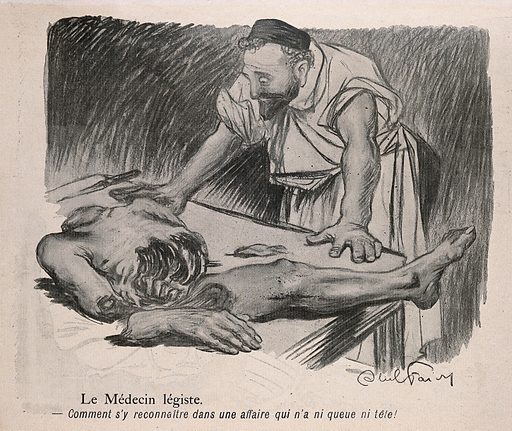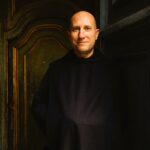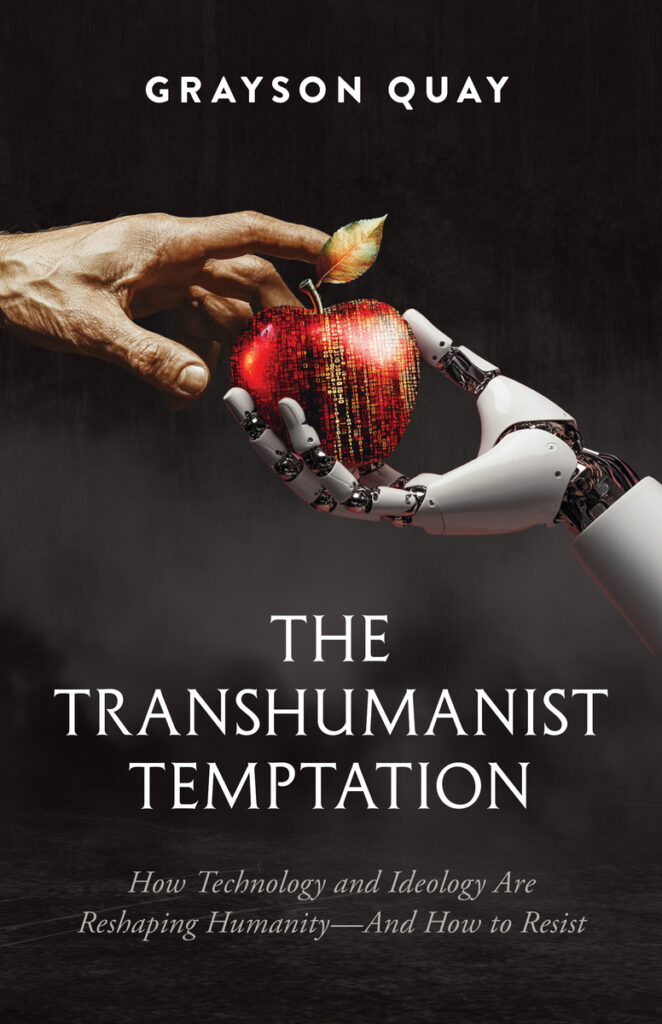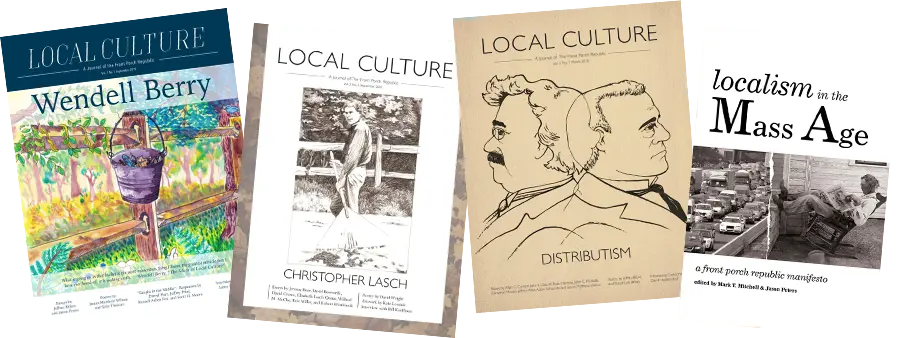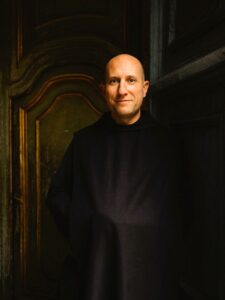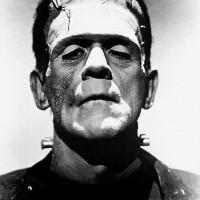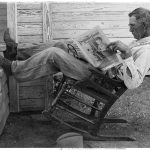A reader might do well to keep by him a classical figure, the chimera, when opening Grayson Quay’s The Transhumanist Temptation. In Greek lore it was a composite beast—lion, goat, serpent—stitched together into a single, impossible life. For Augustine, chimaeras like hippocentaurs belong to that class of things that are monsters, “whose head is in reason and end is in sensuality” (De bono persev. 17). Aquinas sets it beside the “golden mountain” as a sign of impossibilia, things the intellect can name but nature cannot instantiate (De veritate 3.4, sed contra). In this double sense the chimera can offer a key to understanding the popular form of transhumanism as presented by Quay. It is both monstrous—a hybridization that tears the seams of created form—and chimerical—a dazzling dream that finally cannot deliver what it promises.
Quay structures the book around the places where the chimera tries to walk among us: our bodies and begetting, our experience of reality, our politics, our work, and, finally, our hope. In each register his method is moral-theological before it is technical. He has read the manifestos and press releases, but he hears more clearly the spiritual accent behind them: not simply a bid to improve medicine or expand choice, but the oldest temptation in Scripture: “you shall be as gods.”
The Monstrous Hybrid
Quay’s opening chapters trace how a chimerical logic already informs our culture’s treatment of sex, procreation, and the body. IVF-as-manufacture, commercial surrogacy, embryo selection, and the marketing of “designer babies” re-describe childbearing in the categories of production and choice. Transgender medicine extends the same grammar to the body itself: first the body is an obstacle to be managed, then a canvas to be rewritten, and at last a raw material to be refashioned. The chimera imagery helps the reader see what is at stake. The lion’s forequarters do not become more leonine by suturing a goat to its spine; the unity of the whole is violated in the very act of “enhancement.” Quay’s critique is not harsh for its own sake. He acknowledges the grief of infertility and the distress of gender dysphoria, but he insists that demonizing nature in the name of compassion is cruel in the end. To promise healing while severing the goods that make us whole, giftedness of life, the integrity of male–female embodiment, the link between marital love and generation, is to make a monster of mercy.
Quay’s perspective sits easily with the old Christian sense that body and soul are partners rather than rivals. He does not argue that there can be no medical art; he argues there can be no art without form. Nature’s givenness is not an enemy to be conquered but the condition of any true healing. A surgery that cooperates with the body’s order—restoring what is broken, supporting what is weak—differs in kind from a procedure that negates the body’s meaning. The chimera keeps us honest about that boundary. It is a vivid way of saying, with Augustine, that disorder masquerading as freedom remains disorder; and with Aquinas, that not everything the imagination can compose enjoys the dignity of the real.
The Illusory Dream
In the middle movement Quay turns to the shining promises: AI companionship, mind-uploading, cryonics, radical life extension. Here the chimera’s second sense comes to the fore: not merely a hybrid creature but a mirage. The argument is philosophical and humane. No matter how fluent a chatbot becomes, simulation is not subjectivity; syntax is not insight; a system that passes a test of imitation is still an artifact. To propose a “continuity” of personhood between a living human and a data structure that emulates their linguistic habits is to switch definitions mid-sentence. Quay is not Luddite; he is lucid. Machines can speed calculation, reveal patterns, and assist diagnosis. But who knows, who suffers, who loves? Those are questions about persons, not performance. The chimera teaches us to distrust the glitter of the forge. A lion’s roar stitched to a serpent’s tail is not courage; an imitation of empathy stitched to a statistical engine is not love.
Quay’s treatment of immortality is especially clarifying. He notes that transhumanism’s horror of finitude and suffering is understandable—and then shows how it is misdirected. A future of indefinitely prolonged middle age, generated by risk-aversion and analgesics, is not beatitude; a “self” dispersed across backups is not resurrection. The comparison with Christian hope is not triumphalist but a sad parody. Dante coined trasumanar—to be “transhumanized”—to describe the soul’s elevation by grace; T. S. Eliot spoke of a woman “transhumanized” by martyrdom. In both cases the path runs through love’s acceptance of suffering and the integrity of the body, not around them. The chimera’s brilliance fades before the Divine Physician’s gentler art.
The Political Chimera
When Quay turns to public life, the creature grows a second head. On the progressive left, the rhetoric of liberation, autonomy as self-definition, has underwritten policies that dissolve the natural bonds that once set limits to technological intervention. On the libertarian right, a faith in unregulated markets and military advantage supplies the capital and incentives to push those interventions farther, faster. The beast they feed is the same. Quay’s argument is not that one party is worse but that both, for different reasons, are tempted to treat human nature as a code that anyone can tinker with. He is at his best when he articulates a modest post-liberalism: law and policy must be willing to say no to practices (commercial surrogacy, embryo commodification, certain gene edits, the normalization of elective sterilization) that erode the common goods on which a humane order depends. If there is a flaw here, it is only that a short book cannot develop prudential criteria as fully as some readers will want. But the diagnosis, that a “neutral” state inevitably favors the chimera, is sound.
Work Under Enchantment
Quay’s chapters on labor avoid both nostalgia and hype. He does not deny that automation can relieve drudgery; he warns that it can also empty crafts of their humanizing struggle. When algorithms manage gig workers like parts in a machine, or when schools outsource learning to large language models, the effect is not liberation but attenuation of agency. The chimera returns: we splice the strength of the tool to the dignity of the worker and call the hybrid “productivity,” even as the living element thins. Here Quay’s counsel is frankly pastoral. Recover the arts of attention; prefer technologies that assist rather than replace; structure home, parish, and school life so that bodies matter—meals, music, manual work, prayer.
Faith Against the Chimera
The final chapters gather the threads. Transhumanism is not merely a policy error but a spiritual counterfeit. It offers salvations, endless life, disembodied knowledge, and programmable bliss, all minus the Cross. The Church answers not with a technophobia but with a richer anthropology. Nature is not a prison; it is the grammar in which grace speaks. Christian hope does not scorn the body; it awaits its glory. And the path is not self-assertion but conversion. As Quay suggests, a household that prays, welcomes children as gifts, cares for the frail, honors the sexes in their truth, and keeps sabbath from the empire of screens is already a counter-culture. Ordinary sanctity is the most subversive resistance to a chimerical age.
The chimera image helps readers remember why this matters. In Augustine’s register the chimera names the unreal: fictions of the mind that tempt us to treat imagination as ontology. In Aquinas’s register it names the impossible: compositions our intellect can label though no power, neither nature’s nor God’s, will ever bring them to be as such. Transhumanism’s flaw is that it suffers from both. Name the temptation for what it is, and it’s spell dissolves.
Quay’s prose is accessible without being thin, firm without being shrill. He reads widely, Huxley and Kurzweil, manifestos and court opinions, but he writes as a Christian adult speaking to other adults about first things. If one wanted to press him anywhere, it would be to ask for more positive accounts of permissible artifice: the great tradition has room for technē that perfects nature’s own aims. But even there the book’s instinct is right. Before you can sketch the healing arts you must refuse the chimera’s bargain.
“Trasumanar significar per verba non si poria,” Dante says: true transhumanization cannot be put into words. Technology may assist the surgeon, illuminate the astronomer’s field, or console a mother in her sorrow. Yet it cannot give the soul the perfection it longs for. Seen through the chimera, monster and mirage, transhumanism appears as a hybrid of stitched parts and a dazzling promise that cannot be kept. Which is not to say that technological advances are without value; they may ease burdens and serve human needs. But when they aspire to remake our nature, they parody a higher work. In the Christian way of thinking, that work has already taken place in the one unrepeatable union of God and man. True hope lies not in rivaling that mystery but sharing in it: to receive nature as gift, and by grace to be lifted into the only transhumanization that does not consume us: beatitude in God.

